Understanding the Basics of Depression: Causes, Symptoms, and Types
Millions of people all around the world suffer from depression, a serious mental illness with complicated causes. To properly treat depression, one must first get an understanding of what causes it. Understanding the basics of depression, such as its origins, manifestations, and classifications, is the focus of this article.
Defining Depression
Depression, often referred to as major depressive disorder (MDD), is a mental health condition characterized by persistent feelings of sadness, hopelessness, and a lack of interest or pleasure in activities once enjoyed. It's important to note that depression is not simply a case of "feeling down"; it is a serious medical condition that can have a profound impact on a person's life.
Causes of Depression
Depression is influenced by a combination of factors:
Biological Factors: Genetics can play a role in predisposing individuals to depression. Additionally, imbalances in neurotransmitters (brain chemicals) such as serotonin and norepinephrine are associated with depressive symptoms.
Psychological Factors: Traumatic life events, chronic stress, and negative thought patterns can contribute to the development of depression. Childhood experiences, especially adverse ones, may also increase the risk.
Environmental Factors: High-stress environments, lack of social support, and difficult life circumstances can trigger or exacerbate depressive episodes.
Common Symptoms of Depression
Depression can manifest in various ways, and individuals may experience a combination of the following symptoms:
Emotional Symptoms: Persistent sadness, hopelessness, irritability, and mood swings are common emotional signs of depression.
Cognitive Symptoms: People with depression often struggle with concentration, decision-making, and have persistent negative thoughts about themselves and their future.
Physical Symptoms: Changes in appetite and weight, as well as sleep disturbances (insomnia or hypersomnia), can be physical indicators of depression.
Behavioral Symptoms: Loss of interest in once-enjoyed activities, social withdrawal, and isolation are behavioral signs of depression.
Types of Depression
Depression is not a one-size-fits-all condition; it comes in various forms:
Major Depressive Disorder (MDD): MDD is characterized by severe and persistent depressive symptoms that interfere with daily life. These episodes may occur once or recur throughout a person's life.
Persistent Depressive Disorder (Dysthymia): Dysthymia is a milder, yet chronic form of depression. Symptoms are less severe than MDD but last longer, often for at least two years.
Bipolar Disorder: While primarily known for manic episodes, bipolar disorder also includes depressive episodes. People with bipolar disorder experience mood swings between mania and depression.
Seasonal Affective Disorder (SAD): SAD is a type of depression linked to seasonal changes, often occurring during fall and winter months when there is less natural sunlight.
Conclusion
Depression is a multifaceted condition influenced by a combination of biological, psychological, and environmental factors. Recognizing its causes, understanding its symptoms, and recognizing its various types are crucial steps in addressing depression effectively.
If you or someone you know is struggling with depression, it's important to seek help from a mental health professional. Depression is treatable, and there are numerous therapeutic approaches and interventions available to help individuals on their journey toward recovery.
Keep in mind that you have many people who care about you and who want to help you overcome your sadness. Call Altered Mind at 561-834-6463 or send an email to appointments@altered-mind.com if you or someone you know is struggling with depression.





